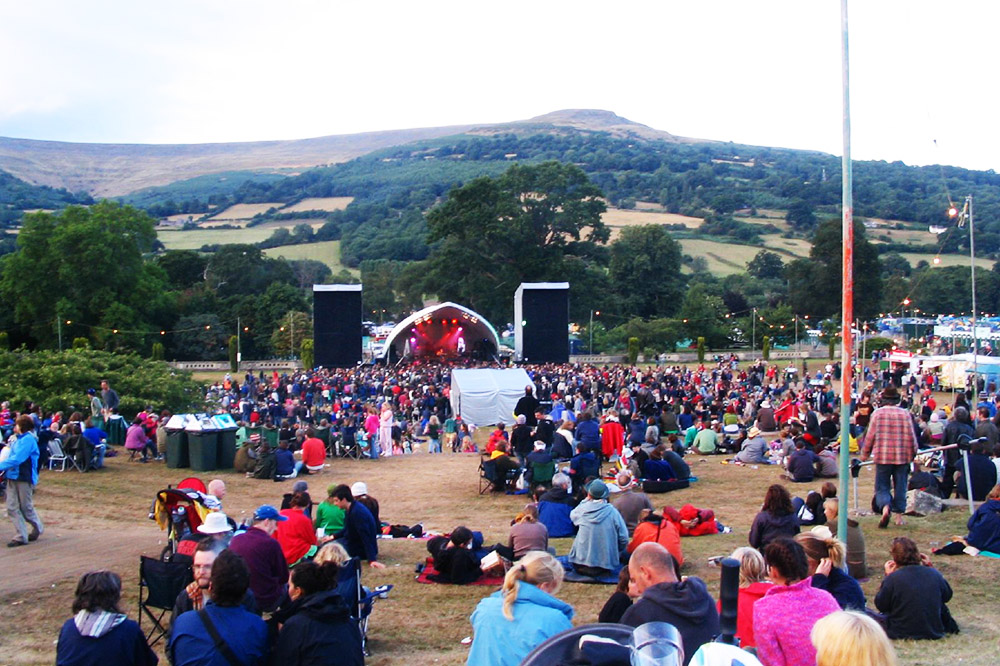
Here are three shining examples of the world’s most green events.
Known as the largest and longest-running sustainability trade show in the United States, Green Festival brings together some of the world’s most trusted companies and brands, pioneering thinkers and conscious consumers, all under one roof. The exhibition is designed to showcase green products whilst demonstrating ways to live more sustainably, and improve health and well-being.
Green Festival is annually becoming more popular with both consumers and suppliers of sustainable products, so to counteract their growing environmental footprint caused by increased attendance figures, they are striving to become a zero-waste event.
In an effort to achieve this goal, they use recycled materials to create all their company branded displays and signs, whilst recycling anything and everything that can be recycled. The event is held in venues recognised for their energy efficiency practices, and all exhibitors are screened for their commitment to sustainable business practices. They also incentivise the use of green modes of transport to the event, and all their food and drink containers are 100% biodegradable.
This attention to detail, and their display of dedication to the protection of the environment, makes Green Festival one of the most eco-friendly trade exhibitions in the world.
Every year, thousands of revellers, artists and bohemians gather in Nevada’s Black Rock Desert to participate in the Burning Man Festival – an event which dedicates itself to the spirit of community, art, self-expression, and self-reliance.
Every year, the temporary infrastructure of Black Rock City is rapidly built and subsequently deconstructed by the organisers, with an emphasis on “Leaving No Trace”, meaning that the community attempts to leave no physical evidence of their activities. Everybody is expected to remove their own junk, trash and waste products, leaving their inhabited areas exactly how they found them. There is a camp dedicated to recycling, waste products are converted into garden fertiliser and many camps are solar powered. On top of this, hundreds of bicycles are provided for travelling around the camps, and people are encouraged to donate to eco-focused charities.
But do all these innovations really offset the negative environmental effects the festival creates?
When you consider the carbon footprint created by the many participants who visit from all over the world, and the huge fires which are lit to conclude the festival, you might question how eco-friendly Burning Man really is. But as far as festivals of this magnitude go, Burning Man does well – after all, how many real cities can be proud of leaving such a small footprint on the ecosystem?
Each year on April 22nd, events are held worldwide to show support for the protection of the environment. The first Earth Day, held in 1970, is widely credited with launching the modern environmental movement. More than 1 billion people now participate in Earth Day activities each year, making it the largest civic observance in the world.
There are many environmental achievements associated with Earth Day, some of which have improved people’s lives, others have provided educational benefits for future generations. Each year, millions of schoolchildren are taught about the importance of clean air and water, and some less privileged communities are provided with solar powered energy, but these examples are only the tip of the Earth Day iceberg.
Annually, people of all ages and backgrounds unite in their efforts to improve the state of Mother Earth. Some will clear out rubbish and waste, others clean up nearby coral reefs or improve mountain trails. Petitions and marches are organized to demonstrate people’s awareness of the climate crisis. Additionally, politicians report on their environmental achievements, pledge to improve their environmental performance, and suggest investing in greener technology.
With the staggering participation of over 1 billion people, Earth day is clearly one of the most eco-friendly, green events in the world, demonstrating how people from all walks of life can collaborate and give something back to our planet.
By Matt Kendall